The CFM56 itself has plenty of history, both commercial and military. But its origin, development and future are just as interesting!
What do some airliners, two bombers, a spy plane, some fighter jets and a supersonic business jet have in common? They all use engines that have a strong family connection. The CFM56 is part of this rich and somewhat unlikely history. This engine is the most common turbofan engine in the world today. And this is amazing, considering that the partnership that made it happen, almost failed immediately!
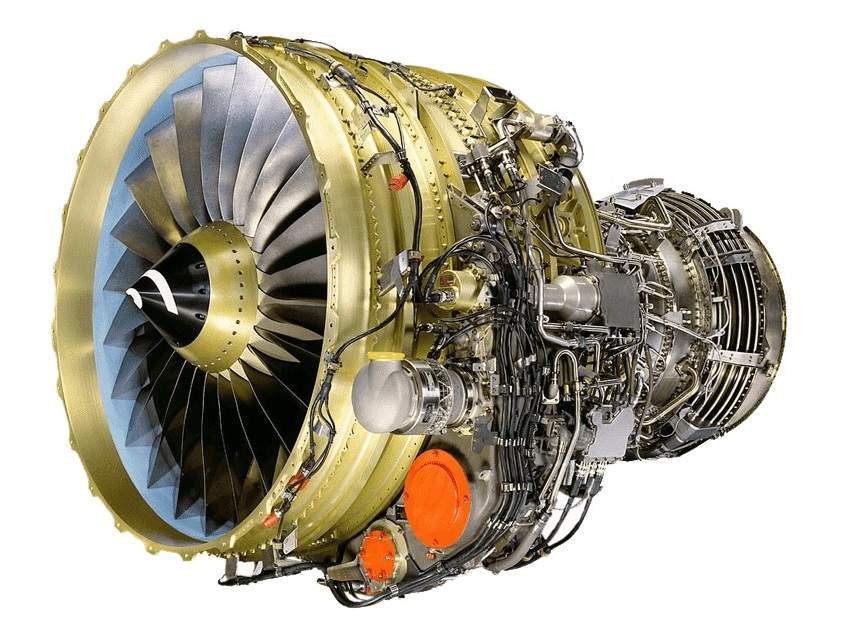
CFM is the result of a collaboration between two companies: General Electric (GE) and Safran. Back when this collaboration started, Safran was called Snecma. Snecma had a lot of engine experience, but it was mostly military. GE had commercial experience, but not in the so-called “ten-ton” engine market. Legend has it that the bosses of the two companies got to chatting in the 1971 Paris Air Show. And thus, the history of the CFM56 began.
The two companies got together, because they shared a problem. The name of that problem is “Pratt & Whitney.” Trying to unseat P&W from its dominant commercial position was a common goal. But the partners needed a starting point. The history of the CFM56 almost began with the CF6. This was a successful family of engines, that powered many jets including the 747, DC-10 and Airbus A300. But it was getting a bit old, at that time.
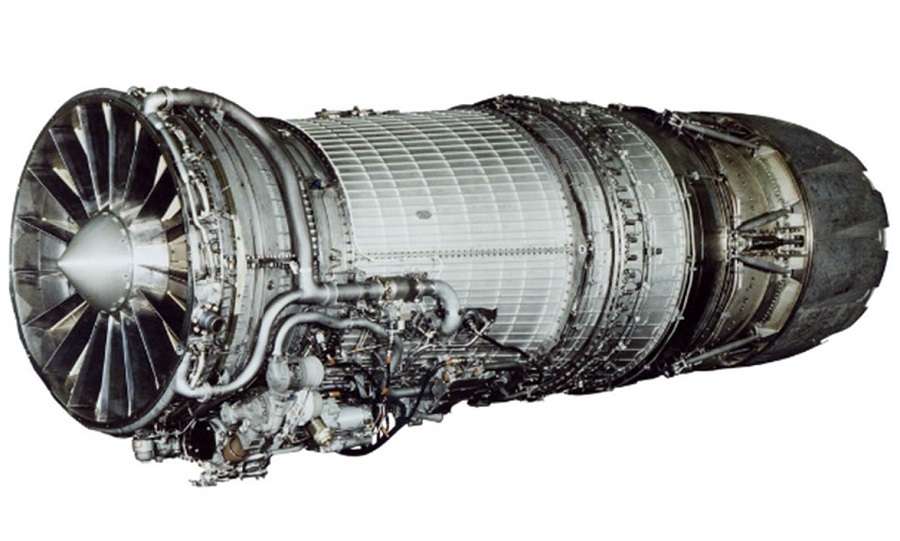
GE F101, Father Of The CFM56
GE had a newer engine that they could use instead… but it was still sensitive technology. This is because it was military, and brand-new. This engine, the father of the CFM56 and the start to our history, is the General Electric F101. It is an engine that GE had only just finished developing, for USAF’s ‘swing-wing’ B-1 bomber.
The F101 is the real star here. This engine eventually developed into so many different forms, that it’s powering a big proportion of the military aircraft types in US service. Engines for the F-14, F-15, F-16, B1 and B2 bombers, all started out from the F101. Yes, some of these planes also had other engine options, but the F101/F110/F118 featured in all of them. These are military engines, of course, but some of their DNA will return into the CFM56 story, later.
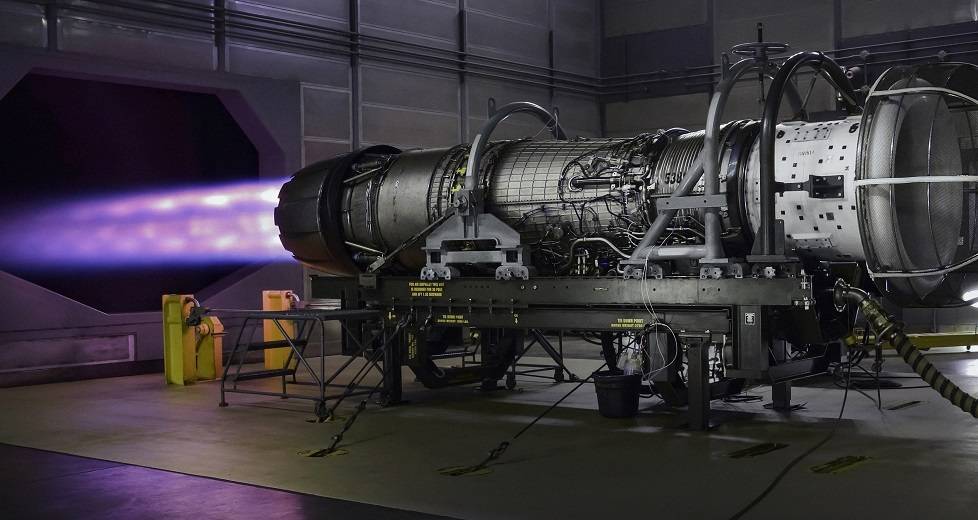
GE was reluctant to use the F101 in its partnership with Snecma, a process that would require permission from the US government. But there was the prospect of a military transport aircraft that could use this engine. GE was worried that developing an engine based on older technology, will leave them trailing Pratt & Whitney – again. This pushed them in the F101’s direction. So the CFM56 would get the latest technology.
But at first, the US government denied GE an export license for the F101 technology. After a lot of negotiations, this decision changed in 1973, but with many restrictions. The result was that for several years in the CFM56’s history, Snecma engineers were not permitted to see parts of the engines they were assembling!
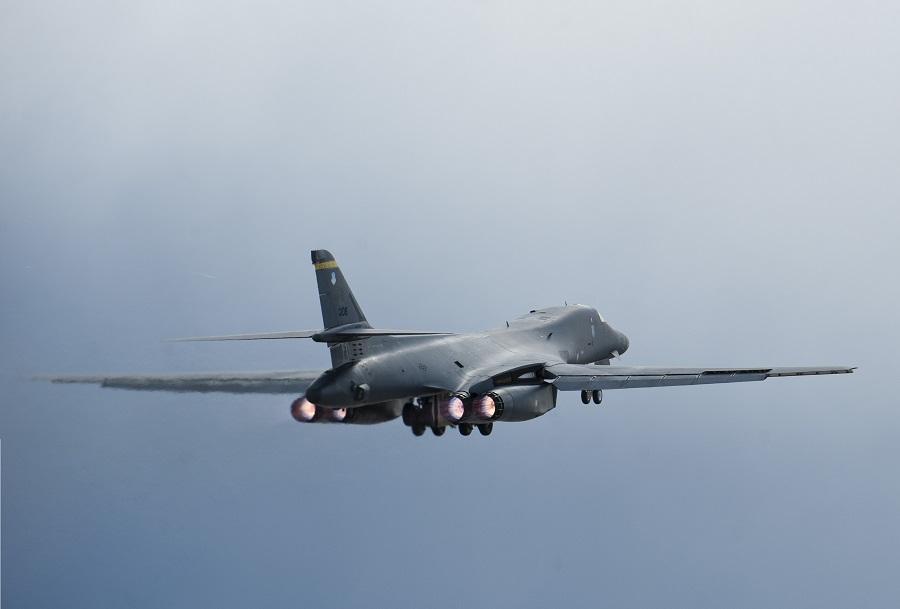
Who Makes What
GE’s responsibility for the engine included the high-pressure compressor, the combustor, the high pressure turbine and the gearbox. Snecma/Safran worked on the fan, the low-pressure compressor and the low-pressure turbine. The CFM56 has always had assembly lines both in France and the US. But GE’s ‘sensitive’ components continued being ‘out of limits’ for French engineers, for many years.
History records that the first CFM56 engine ran in 1974. This was the CFM56-2, that would become the first production variant of the engine. It took around three years for the first engines to actually fly. The contract that GE was hoping for (a STOL transport plane) was eventually cancelled. And this started to worry the two partners. Now they had a brand-new engine, but no customers. But eventually they got the attention of Boeing.
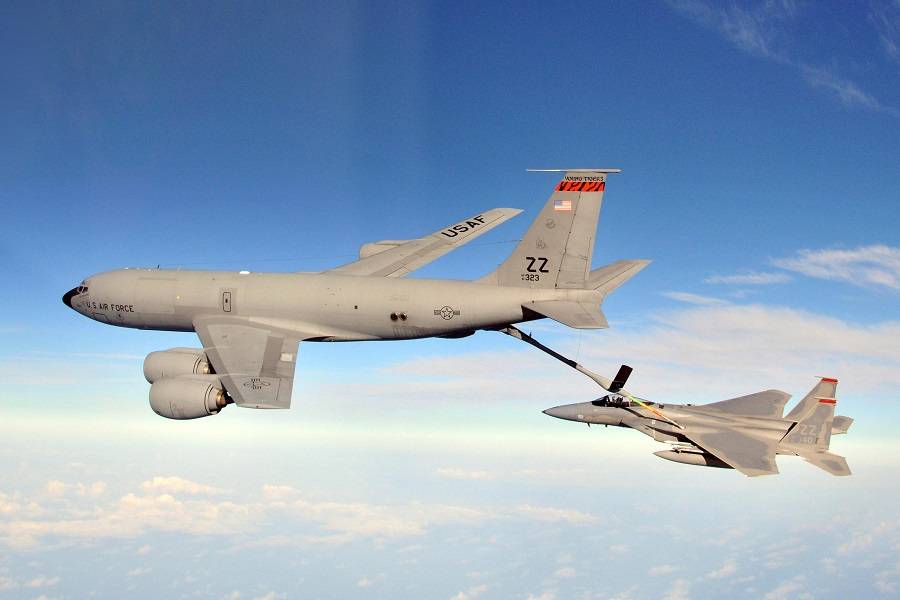
Boeing was still building the 707. But as you may know if you’re old enough to have seen one, these things were noisy. Boeing was looking for a possible turbofan replacement, for the noisy turbojets in that aircraft. Boeing actually offered the re-engined 707 to the airlines, but no orders came. Shortly afterwards, some hope came when first United, then Delta and the Flying Tigers selected the CFM56-2 to re-engine their DC-8s!
United’s decision basically saved the CFM56 programme. CFMI was thinking of stopping development of the engine, just before it came. Soon afterwards, the CFM56 got a new lease of life, when the USAF selected it to re-engine its KC-135 air-tanker fleet. Over 500 of these aircraft would eventually get CFM56-2 engines, making USAF CFM’s biggest customer in its history. The re-engined KC-135s saw an improvement in fuel efficiency of 25%!
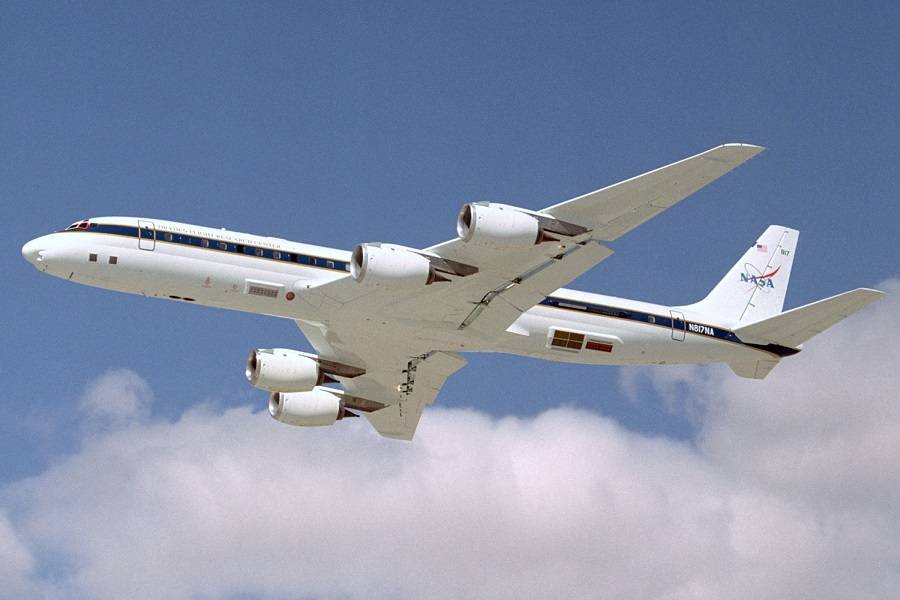
The CFM56 And The Short/Medium-Haul Single-Aisles
The USAF contract came in 1980. Around the same time, Boeing was beginning work on an updated 737. This would become the ‘Classic’ 737, i.e. variants 300/400/500. The KC-135 contract had been good for CFM. But the CFM56 started to become the most popular engine in history, when the first of over 5,000 Classic and NG 737s got it under their wings.
Airbus soon followed, with the A320 series also getting a version of the engine. A smaller chapter in the CFM56’s history involves the Airbus A340. This aircraft has not been a big success story for Airbus, as a widebody. And of course it is nowhere near as big a seller as the single-aisles. However, the A340 customers that chose it, had the most powerful variant of the CFM56 (30,000–32,000lbs), thanks to its larger-diameter fan.
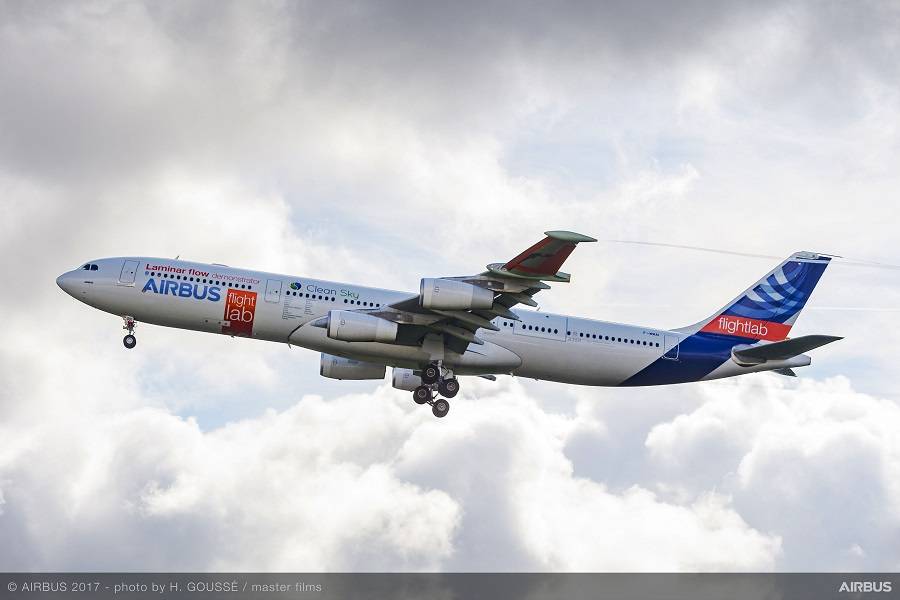
But alas, with the LEAP-1 coming to play, the history of the CFM56 is coming to an end. Or is it? First of all, the engine is still in low-rate production. This is because Boeing is still making versions of the 737NG, for the military. These will eventually end, in a few years. But CFMI will continue to manufacture spares for the CFM56 family, well into the future.
Future CFM56 Derivatives (sort of)
Second of all, the LEAP-1 isn’t completely unrelated to the CFM56. It uses new materials and has a higher bypass ratio and other improvements. But some of the DNA of the older engine is still in there. And thirdly, there is another, more interesting ‘child’ of the CFM56. This will be the General Electric Affinity.
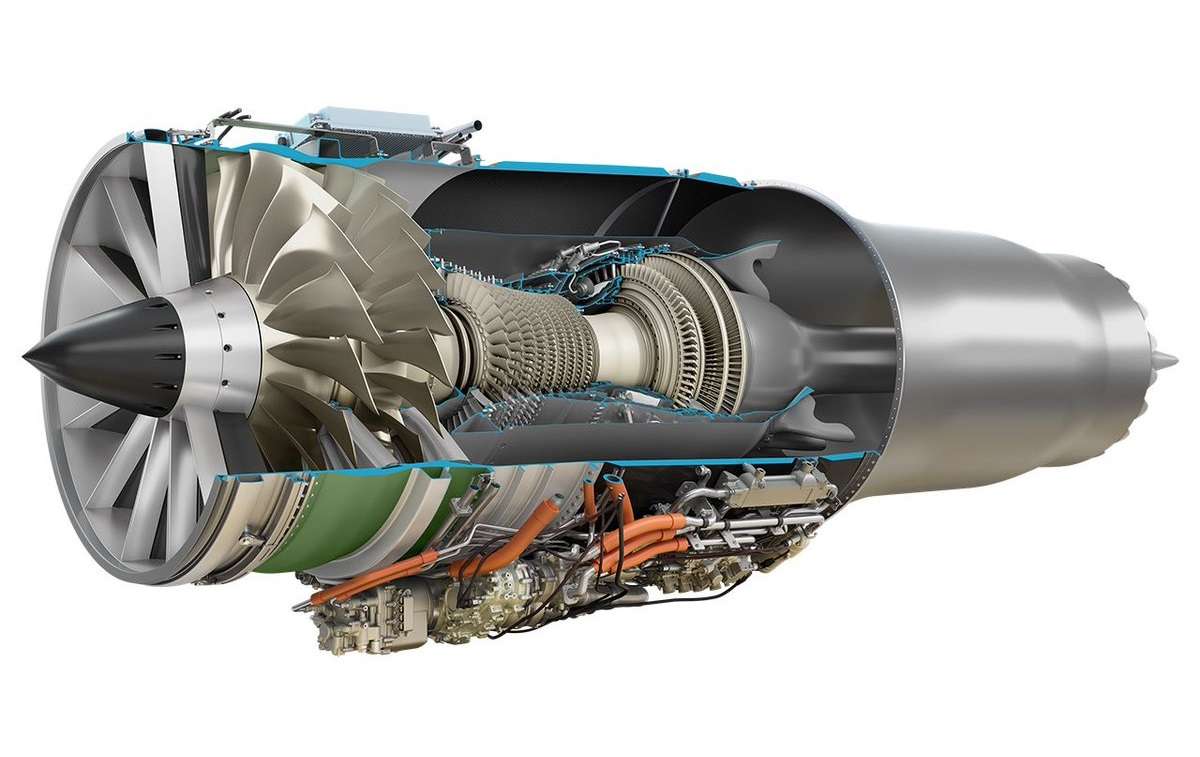
We briefly touched on that engine, when we discussed the Aerion AS2. The Affinity will have a much lower bypass ratio, because of the need for supersonic travel. Large-diameter fans don’t fit supersonic applications very well. The legacy of the CFM56 continues, as GE uses its high-pressure core, with a new low-pressure section. However this is where all those military derivatives of the design, come back into play!
The Affinity engine will not have an afterburner, for noise and fuel efficiency reasons. The afterburner was actually a big deal for the original F101. It was the first turbofan engine to have one – although its development took so long that other turbofans beat it to service. But other than the CFM56, there is another F101 derivative, lacking an afterburner. That’s the F118, the engine powering the B-2 stealth bomber! Late versions of the U-2 spyplane also have this engine.
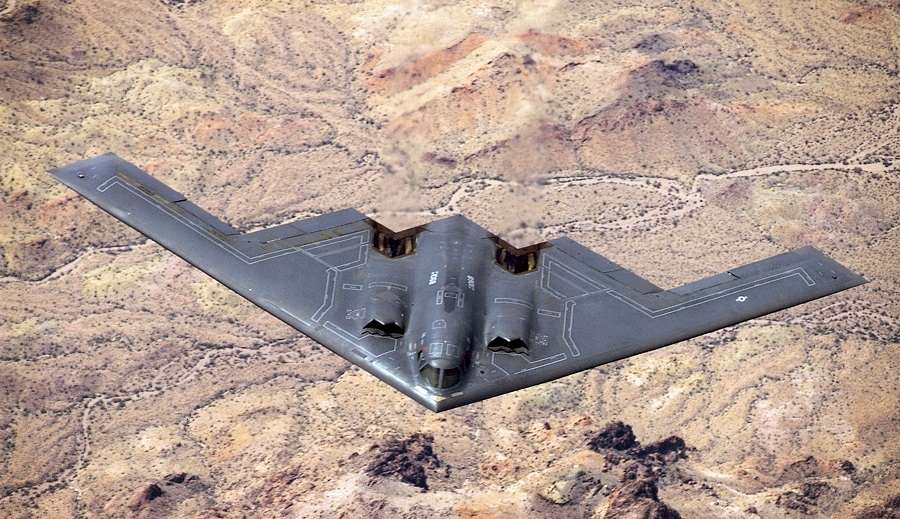
A Mix Of Old And New?
The fan diameter of the affinity engine is 1.33m/52”. This puts it between the F118 (1.18m/46.5”) and the F101 (1.40m/55”). Aerion also wants the engine to burn synthetic and other SAF fuels. That shouldn’t be a problem for GE. The ultimate chapter in the CFM56’s history will have a thrust of 16,000-20,000 lbs, with an estimated bypass ratio of 3:1.

Will there be another CFM56/F101 derivative? Probably not. The military engines haven’t seen a new version for some years now. Of course the LEAP-1 will carry the torch for many years to come. And who knows, CFM56s will hang under the wings of aircraft for decades. Maybe something out there will ‘borrow’ one, from time to time. With over 30,000 of them made, they could come handy for many!



